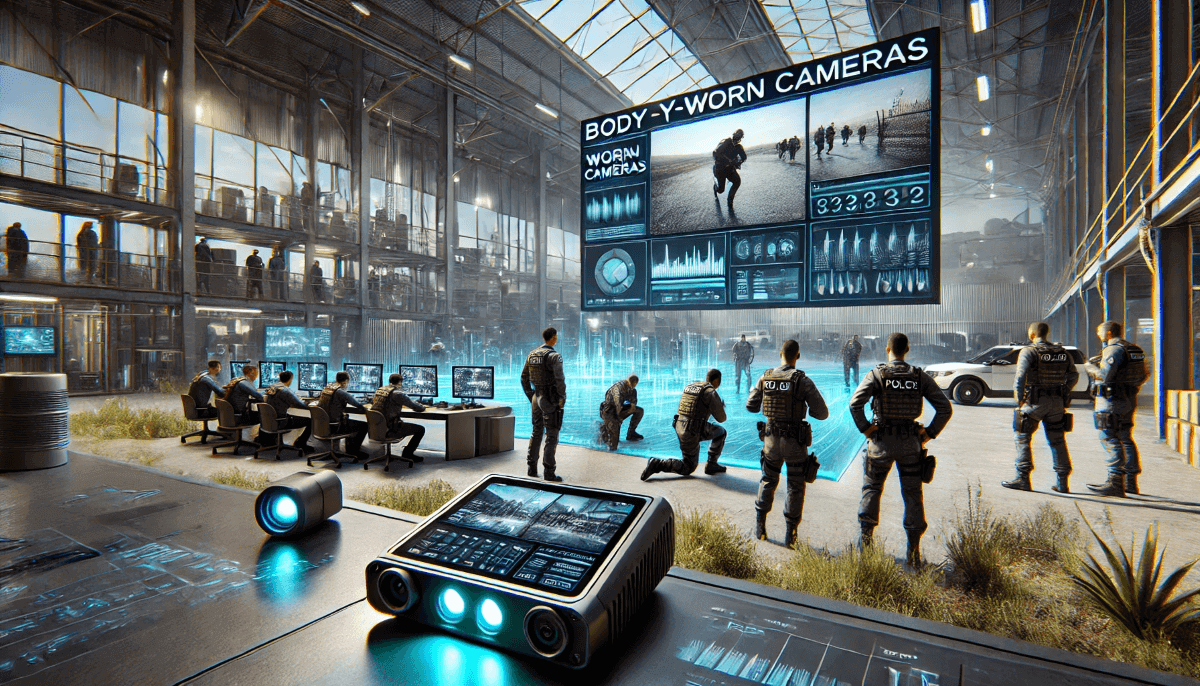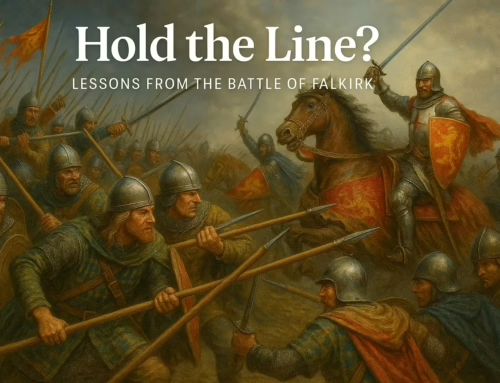Modern policing demands highly trained officers capable of making split-second decisions in stressful and potentially dangerous situations. While simulation training is widely accepted for preparing officers, integrating cutting-edge technology into these exercises can significantly enhance learning outcomes. A recent study by Sarah L. Deck et al. provides compelling evidence for the utility of body-worn cameras (BWCs) as a feedback tool in police training.
The Study: Examining Body-Worn Cameras in Police Training
Objective:
The study evaluated how reviewing footage from BWCs affects police recruits’ self-assessment, learning, and confidence.
Methodology:
- Participants: 111 Australian police recruits (85 male, 26 female, aged 19–57).
- Scenario: Recruits participated in a simulated use-of-force training exercise.
- They responded to a triggered alarm in a low-light abandoned building scenario.
- During the exercise, recruits faced an armed offender who initiated a simulated attack, requiring recruits to neutralise the threat and call for backup.
- Feedback Process: Recruits wore BWCs during the exercise.
- After the scenario, they reviewed the footage and participated in one-on-one interviews to reflect on their performance.
Findings:
- General Perceptions:
- Positive Impressions: Over 78% of recruits found reviewing footage beneficial for self-awareness and improvement.
- Neutral Reactions: Some recruits were indifferent, often due to technical issues such as poor camera angles or obscured footage.
- Negative Reactions: A minority (8%) experienced discomfort, particularly when their mistakes were highlighted, which sometimes hindered their ability to process feedback constructively.
- Learning Benefits:
- Clarification of Errors: Reviewing footage enabled recruits to identify mistakes, such as poor weapon handling, ineffective communication, and tactical positioning errors.
- Active Reflection: Recruits appreciated revisiting scenarios without the stress of live action, which allowed them to “step back” and critically evaluate their responses.
- Increased Confidence: Many recruits discovered they had performed better than they initially believed, boosting morale and reinforcing a sense of capability.
- Integration with Instructor Feedback:
- Recruits often correlated instructor feedback with their footage, contextualising and validating the critiques.
- Some recruits suggested that simultaneously reviewing footage with trainers would further enhance understanding.
Challenges Identified:
- Technical Limitations: Camera placement and low-light conditions sometimes reduce footage clarity.
- Emotional Barriers: Viewing poor performance occasionally led to heightened negative emotions, making it harder for recruits to engage with the feedback.
Implications for Police Training
This study highlights BWCs as a transformative tool for training, offering:
- Enhanced Self-Regulation: Trainees can actively assess their performance, fostering autonomy and responsibility in their learning.
- Objective Feedback: Footage offers an unvarnished view of actions, allowing recruits to analyse performance without bias.
- Bridging Memory Gaps: High-stress scenarios often impair memory; BWC footage helps fill these gaps by providing a complete record of events.
However, to maximise BWCs’ potential, technical limitations and emotional responses must be addressed. This is where Agincourt’s technologies come into play.
Agincourt Solutions: Elevating Training Outcomes
BattleVR: Immersive Simulation Training
- Complementary to BWCs: While BWCs capture real-world actions, BattleVR allows officers to practice in hyper-realistic virtual environments.
- Features: Full 360-degree engagement with high-fidelity visuals.
- Haptic suits simulate live scenarios’ physical stress and impact, bridging the gap between observation and immersion.
- After-action reviews (AAR) provide detailed breakdowns of performance, which can integrate BWC footage for a comprehensive analysis.
- Features: Full 360-degree engagement with high-fidelity visuals.
- Benefit: Trainees can review BWC footage alongside virtual simulations, deepening their understanding of both their strengths and areas for improvement.
Archer: Advanced Firearms Training
- Scenario Versatility: Archer’s InterVid module allows for custom judgmental training scenarios, mirroring real-world challenges captured by BWCs.
- Precision Feedback: Integrates laser and live-fire detection systems to analyse accuracy and tactical decision-making.
- Benefit: By aligning BWC insights with Archer’s precision training, agencies can ensure officers master both technical and judgmental skills.
SentinelOS: Intelligent Analysis for Training and Operations
- AI-Driven Insights: SentinelOS can analyse BWC footage to identify recurring patterns in performance, such as delayed reactions or tactical missteps.
- Hotspot Mapping: The platform highlights common errors across trainees, enabling targeted improvements in training programs.
- Benefit: SentinelOS turns raw BWC data into actionable insights, ensuring training evolves with real-world demands.
TMIS (Training and Management Information System): Streamlining Learning
- Integration with BWCs: TMIS can catalogue BWC footage alongside performance records, creating a centralised repository for tracking trainee progress.
- Data-Driven Evaluations: Trainers can compare BWC analysis with other metrics, such as simulation scores, to develop personalised training plans.
- Benefit: TMIS provides a structured framework to ensure feedback from BWCs is systematically applied to long-term development.
Future Opportunities: Expanding the Role of BWCs in Training
The findings of Deck et al. align seamlessly with Agincourt’s vision of technology-driven training excellence. By integrating BWCs with tools like BattleVR and SentinelOS, agencies can:
- Create a Continuous Learning Loop: Use BWCs to capture real-world encounters and analyse them in virtual environments for ongoing skill refinement.
- Improve Scenario Design: FieldVR can incorporate BWC footage into training modules, allowing recruits to relive and learn from real-life situations in a virtual space.
- Foster Emotional Resilience: Guided reviews with instructors can help recruits process negative emotions constructively, turning discomfort into motivation.
Conclusion
The research on BWCs demonstrates their immense potential as tools for reflective learning and feedback in police training. By integrating this technology with Agincourt’s advanced solutions, law enforcement agencies can create a comprehensive ecosystem for skill development.
From immersive VR simulations to AI-driven analytics, Agincourt is pioneering the next generation of police training. BWCs and Agincourt technologies promise a future where officers are better prepared, more confident, and equipped with the tools they need to excel in high-pressure environments.
Discover more about our solutions at Agincourt.io.





